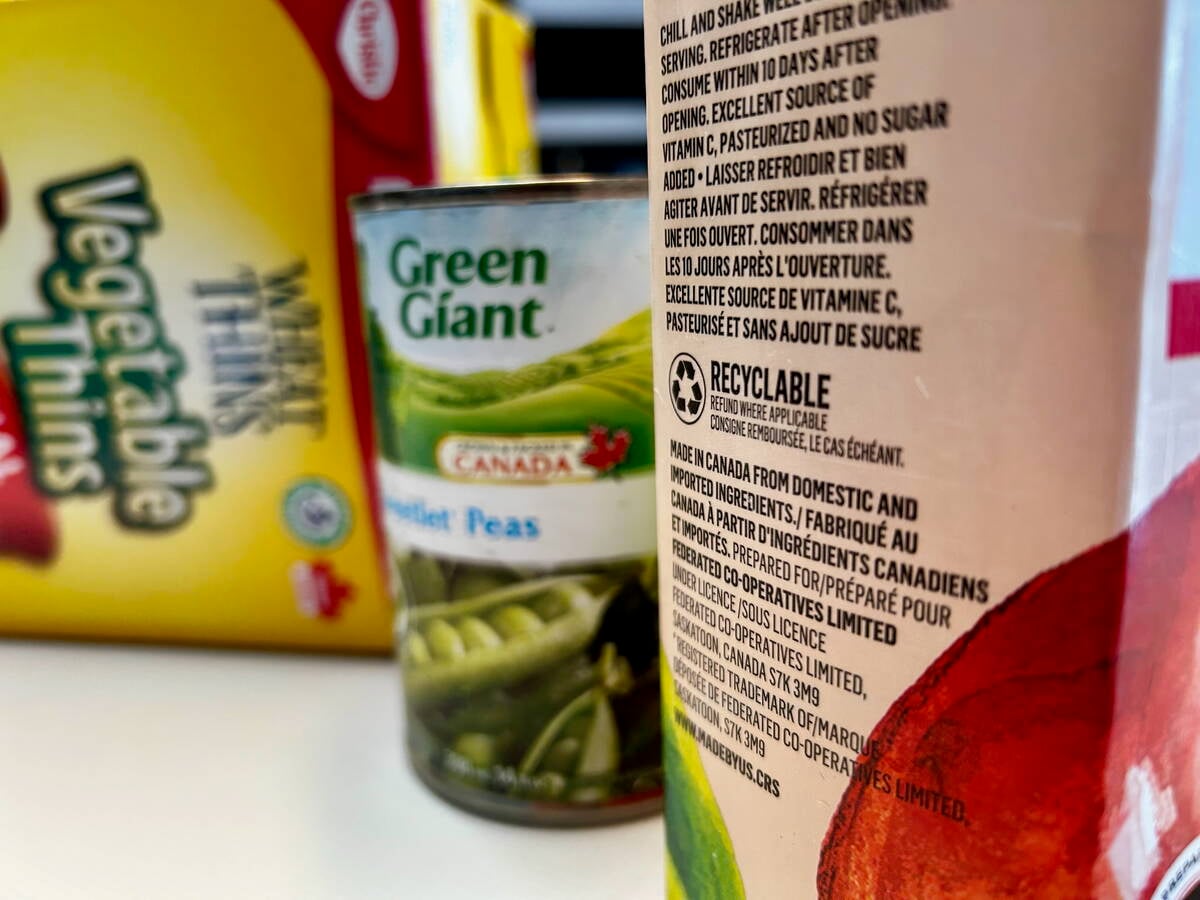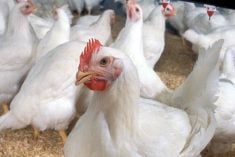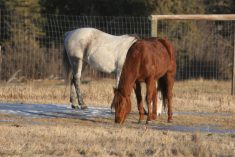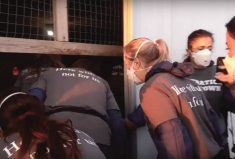Glacier FarmMedia – Puppies, plants, and backyard chickens became hot trends when the pandemic took hold — but are they still popular almost two years in?
Pandemic pets
“At the beginning of the pandemic, we were swamped with people,” said Sharla Willis, who has operated a dog-breeding business for 16 years with her mother Dorrie Nelson.
“We did not have to advertise at all. We got at least two to five inquiries a day. It was crazy.”
But the phone is no longer ringing off the hook at her farm near Wetaskiwin, Alta. where she specializes in breeding Boston terriers and Boston terrier mixes.
“The last few months have really died down,” said Willis. “We’re not getting the daily inquiries.”
There are an increasing number of reports of ‘pandemic puppies’ being taken to shelters as no-longer-housebound owners tire of their new and demanding companions. However, Willis thinks that demand may have slowed because everyone who wanted a puppy has now purchased one while others have realized they don’t have time to look after a new dog.

Terry Colborne has seen an uptick in adoptions from previous years.
“It may have slowed down a little bit from the initial stages of COVID-19,” said Colborne, the founder and president of the Barrhead Animal Rescue Society (BARS).
“I think we’re seeing a fairly healthy market for adopting dogs. Cats, not so much.”
The rescue society helps animals in need, and sometimes they end up with ones that are not adoptable. But when a desirable dog is made available for adoption, the offers come pouring in. A few weeks ago, BARS advertised a handsome, seven-month-old dog for adoption, and interest was high.
“We ended up with 50 applications within 24 hours,” said Colborne, adding that prior to the pandemic, the same dog would probably have attracted half that number.
Read Also

Unclear food labels hinder Canada’s ‘buy local’ surge
“Maple-washing” on Canadian food packaging makes label claims hard to keep straight and hurts both farmers and consumers trying to buy Canadian, economist says.
Willis, too, is seeing solid demand.
“We had three litters and they all sold,” she said. “The perfect humans came along — but it took a little more time than when the pandemic started.”
Green thumbs
Christie Pollack doesn’t think the popularity of growing plants has waned at all.
“The plant craze isn’t going to go away,” said the owner of Christie’s Gardens and Greenhouses in High Prairie, Alta. “It just changes. It’s about how mature your gardener is in their plant journey.
“Indoor plants are kind of the gateway into flowers outside, which is the gateway into bedding plants, trees and shrubs.”
Pollack runs her greenhouse in the winter, has plant pop-up sales and has been selling online since 2015. She caters to everyone but as a millennial, pays close attention to trends involving her generation and the one after that, Generation Z (the oldest of which are just entering their adult years).

“Gen Z and millennials are into plants and moving into the next phase of that journey, which is outdoor plants,” she said, adding many of her customers got their start by bringing home and caring for plants from offices when the pandemic closed them.
“I foresee them being our customers and clients for the long term.”
She’s seen a lot of new customers over the past 21 months. And a lot of longtime ones are upping their game.
“They want more rare things, they’re looking for the next piece of the puzzle,” said Pollack. “They’ve got their first plants and they’ve had them for five years. Now they want to do the next step — the propagating, or more rare things. Or they want to learn more about bugs, or things like that.”
Like most greenhouses, her sales have increased. But she had developed a three-year strategic plan and hasn’t wavered from it.
“We bought a building in 2018 and we’re finally in that space, and we’re able to produce more, so we can sell more,” she said, adding increased demand allowed her to “grow the business a little differently.”
For example, she is now doing pre-sales for plants, which helps her know what she needs to grow.
“We can gauge what will be popular with the pre-sales, and then we can go back and grow more of it before the season,” she said.
Coming home to roost
In the first year of the pandemic “everyone got into chickens,” said Cassandra Kirkpatrick.

“There were all these worries about food security — people were kind of wanting to be more self-sufficient,” said the program lead for Alberta Farm Animal Care’s urban hen and small-flock program.
“A lot of people were home more and had more time, so they thought, ‘OK, this could be a good family thing.’”
Fewer people came into the program this year, but those already involved were looking for knowledge, such as how to overwinter a flock or treat birds that got sick.
However, some backed off once they realized how much work the birds entail. And the cost has gone up, too.
“Even with my own flock for the last year, prices have continued to go up for feed and shavings and buying the birds themselves,” said Kirkpatrick who lives on an acreage in southern Alberta. “A lot of people have downsized their flocks. I went from 120 birds to 40 because the math didn’t make sense… if you’re looking at it from a business perspective.”
But she’s expecting “an uptick” of interest from Calgary after city council there amended its pet bylaw to allow more backyard flocks.
“As things shift and change with the pandemic, we shift and change,” she said.
– Alexis Kienlen is a reporter for the Alberta Farmer Express. Her article appeared in the Dec. 13, 2021 issue.
















